6 Types of Hugs and What They Mean
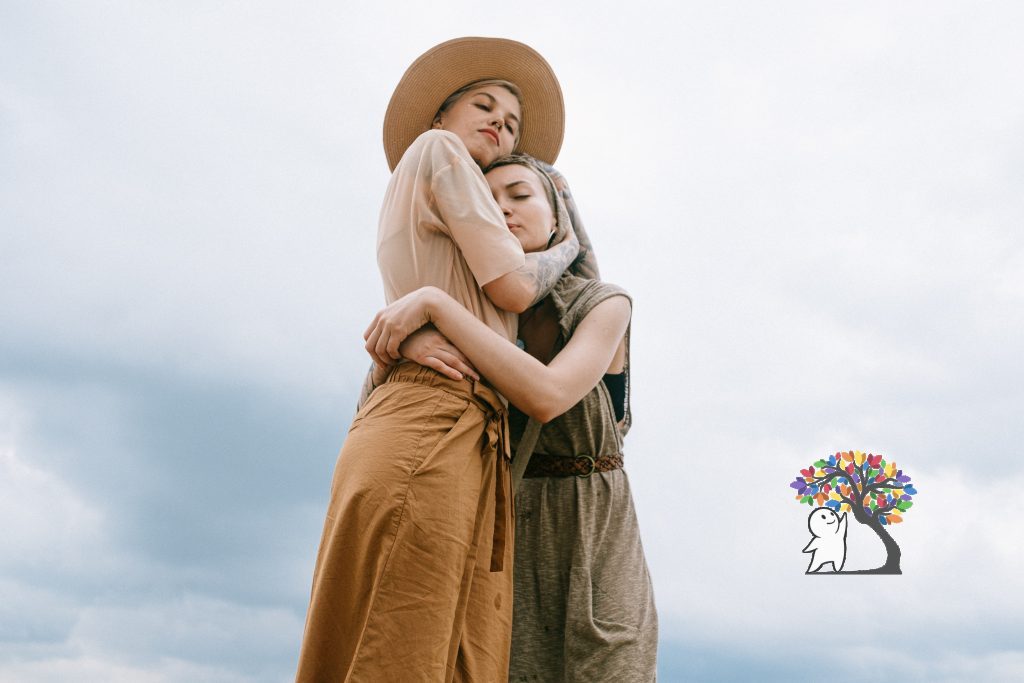
Why do we hug? It may not be a question you’ve ever pondered on, but it’s certainly one worth asking ourselves. Well, according to psychology, we hug because we need to! We hug to alleviate our distress, to feel less alone, to share our love and joy with others, and to let those around us know they matter to us (Adriansyah, Sugandi, & Prastika, 2018).
Even if you’re the kind of person who isn’t very physically affectionate, there’s no denying the multitude of benefits hugging can bring us, from managing our stress, to improving our mental and emotional well-being. When we’re going through a difficult time and need someone to help ease our pain, sometimes a simple hug can do so much more to heal our hearts than a few words of advice ever could. As Carol Miller once said, “Hugs are the truest form of giving and receiving.”
With that said, here are 6 of the most common types of hugs and what each of them mean:
1. The Side Hug
When two people embrace one another with one arm around the other’s shoulder or waist, hugging them only from the side, it expresses friendliness, warmth, and kindness. Also called the “buddy hug”, the “side hug” is often shared between casual friends and acquaintances in greeting. It is meant to convey friendliness that has not yet blossomed into intimacy. And it’s appropriate for those who aren’t very close or are still getting to know each other, because by keeping the other person at arm’s length, we are keeping them at an emotional distance. That’s not to say, however, that a side hug is cold and insincere, but only shy, friendly, and polite.
2. The Flirty Hug
Next is the “flirty hug”: when someone presses you up tight against them and traces their hands up and down your back, your arms, or through your hair. This kind of hug is meant to convey romantic attraction. It tells you that the other person likes you and has feelings for you, even if they can’t verbally express it. Affectionate, intimate, and sweet, when someone hugs you in this way, it’s a definite sign that they are attracted to you and wish to be more than friends.
3. The Long Hug
According to studies, though a hug should be at least 20 seconds long to trigger the release of oxytocin in our brains, most hugs are but a brief 5-10 seconds long (Enriquez, 2008). That’s why, when you get a “long hug” from a friend, family member, or loved one, it’s so much more comforting, loving, and warm. Whether it’s because you haven’t seen them in a while, you’re patching things up after a fight, or you just really miss them, sharing a long hug with someone lets them know that you understand them, that you are here for them, and that you love them (be it romantically or platonically).

Photo by Anna Shvets from Pexels
4. The Romantic Hug
Similar to the flirty hug, this type of hug conveys feelings of attachment and romantic attraction. But while the flirty hug is usually given to those we still hope to pursue a relationship with, the “romantic hug” is often shared between couples who have been dating for quite some time now. This is when both partners pull each other closer by the waist and look deep into each other’s eyes, with their arms tangled around the other and their foreheads pressing together. Expressing intimacy, fondness, and familiarity, this type of hug is more about love than desire or passion.
5. The Bear Hug
If you’ve ever had a best friend or a rowdy sibling, then you already know what a bear hug is. It’s much like the traditional two-armed hug, only much more playful, light-hearted, and fun. Because in a bear hug, the other person usually runs up to you and surprises you in a tight embrace, sometimes even jumping up on your back or wrapping their legs around your waist. So if you ever find yourself at the receiving end of this hug, you should count yourself lucky. It means that you have someone in your life who loves being around you and feels you’re worth protecting.
6. The Reverse Hug
Last but most certainly not the least is the “reverse hug” or the “spoon hug”; that is, when someone wraps their arms around you from behind, either around your shoulder or your waist. And though it’s commonly shared between couples (or at the very least, potential partners), it can also be appropriate for very close friends or siblings. Because when we hug someone in this way, it makes them feel safe, protected, and cared for. The reverse hug is a gentle but sweet affirmation, especially if the other is sad and in need of comfort.
So, have you ever been on the receiving end of one of these hugs? How did it feel? What do you think it meant? No matter what the message or motivation may be behind it, hugs are one of the best and most satisfying means of physical affection we have. And we rely on them to always make us feel safe, wanted, cherished, and loved.
Whether we\re sad, happy, scared, or excited, we hug our friends and family to share our emotions with them and convey what we cannot through our words alone. So don’t make the mistake of underestimating the healing power of a hug! Embracing someone, even if it’s just for a few moments, can do so much to make them feel loved, trusted, and appreciated.
References:
- Adriansyah, M. A., Sugandi, L. S., & Prastika, N. D. (2018). The Effectiveness of Hugging in Reducing Depression and the Feeling of Powerlessness in the Affected Adolescents. In Mid-International Conference on Public Health (pp. 258-258).
- Enriquez, N. E. (2008). Hugs and smiles: Demonstrating caring in a multicultural early childhood classroom. Early Child Development and Care, 174(6), 539-548.

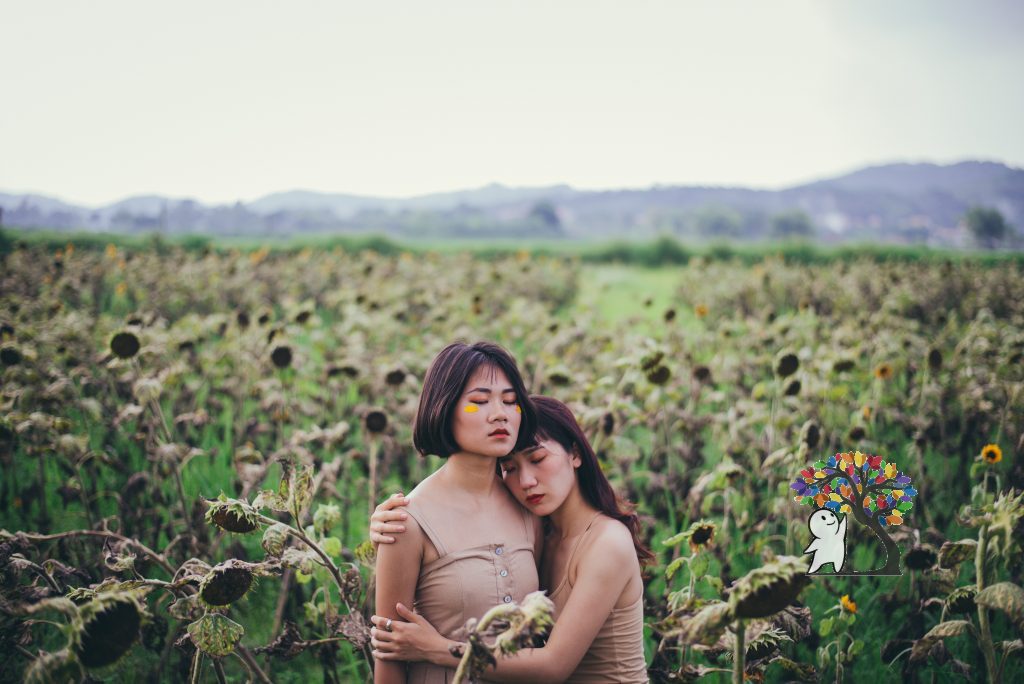
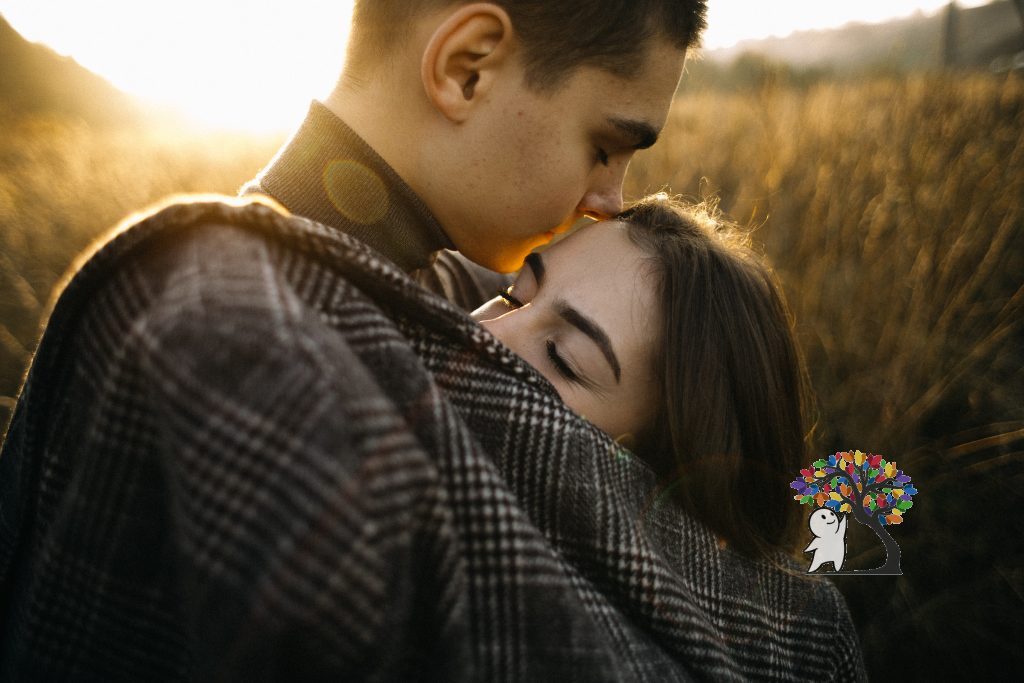
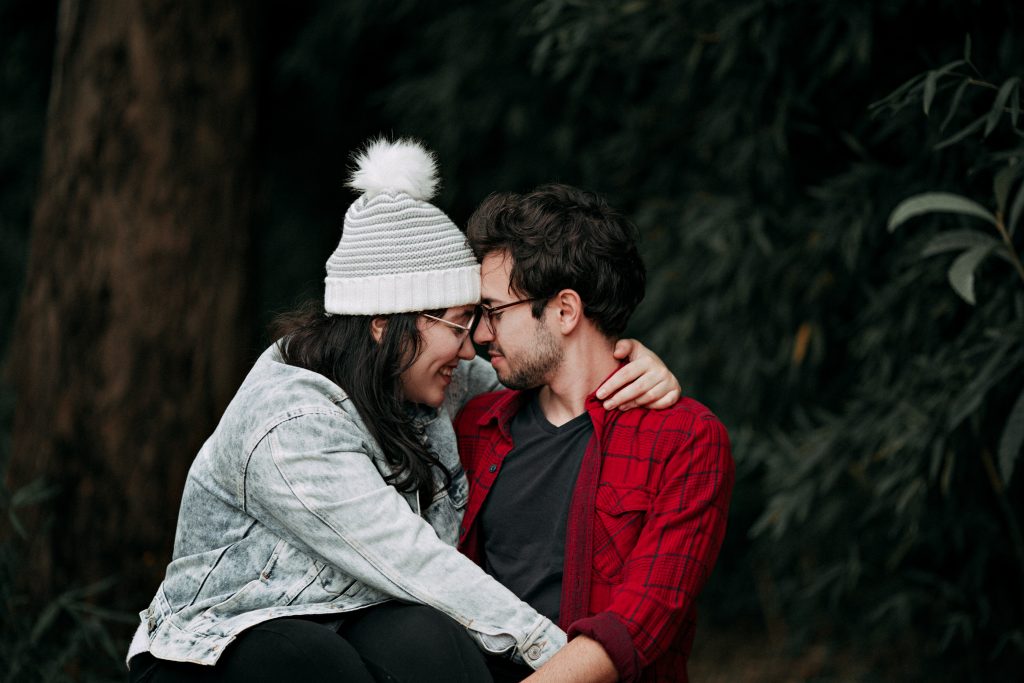
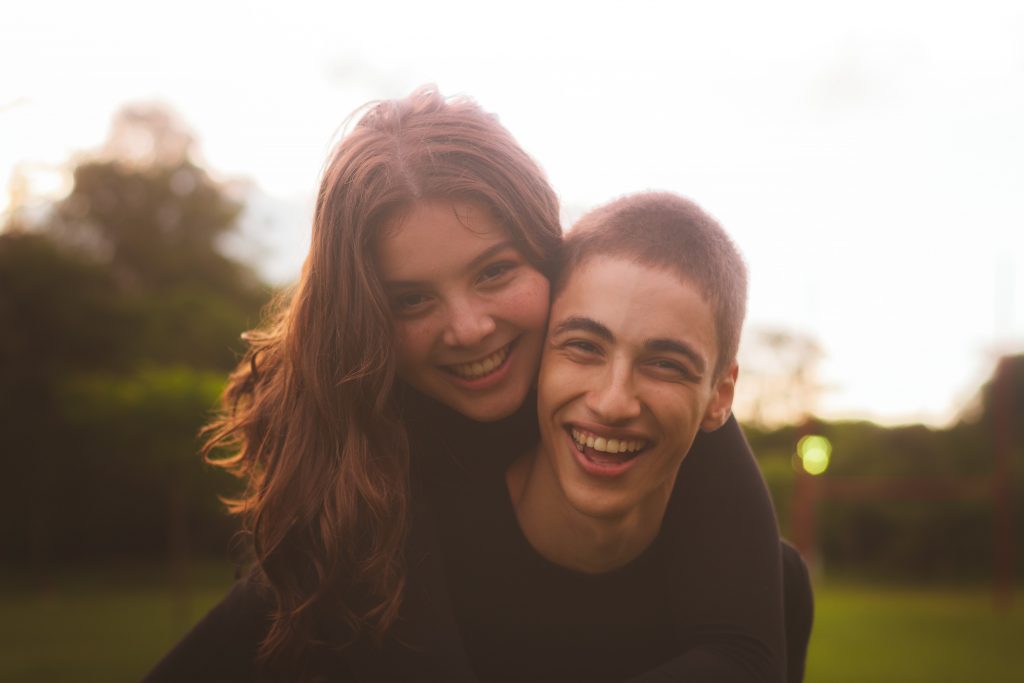
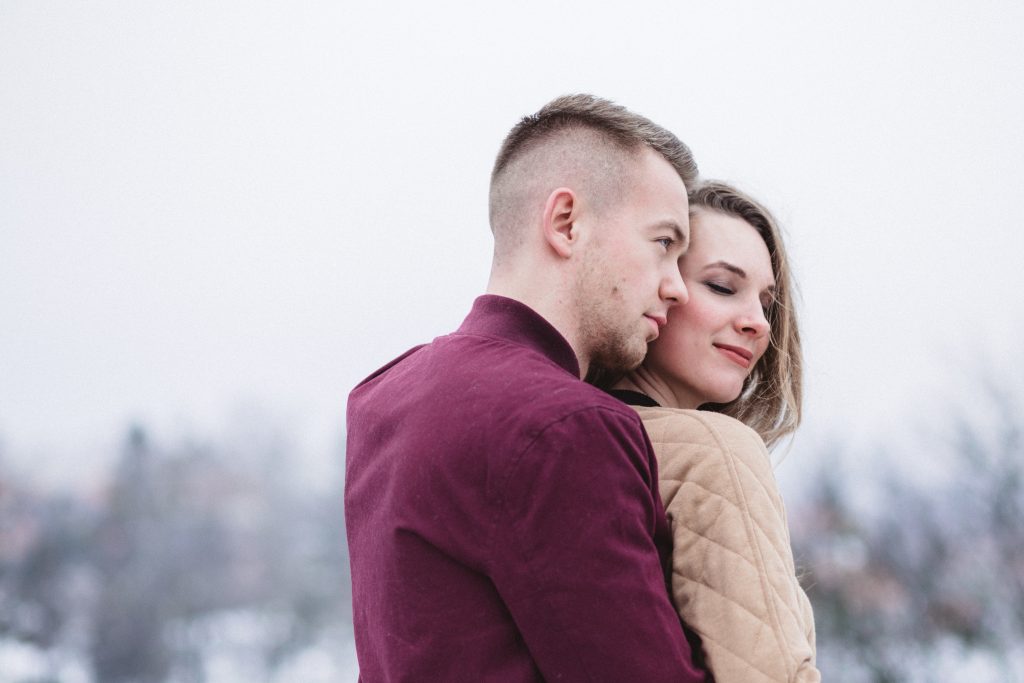

Responses